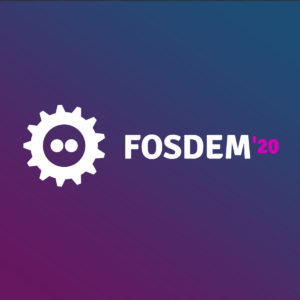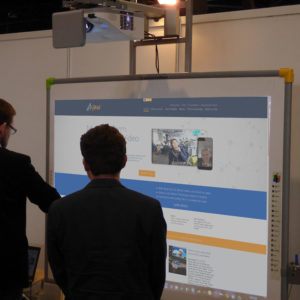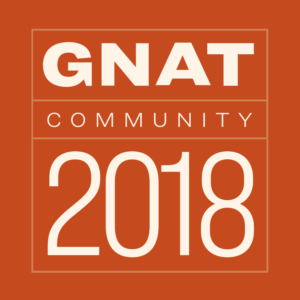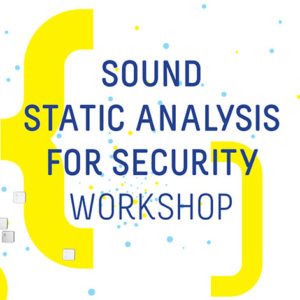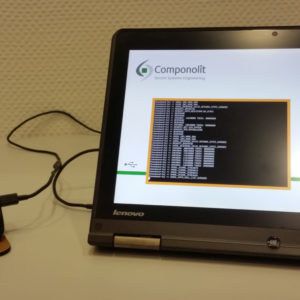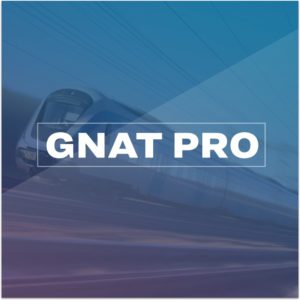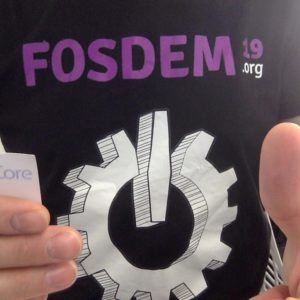
AdaCore at FOSDEM 2021
Like previous years, AdaCore will participate in FOSDEM. This time the event will be online only, but this won’t prevent us from celebrating Open Source software. AdaCore engineers will give two talks in the Safety and Open Source devroom, a topic at the heart of AdaCore since its inception.

